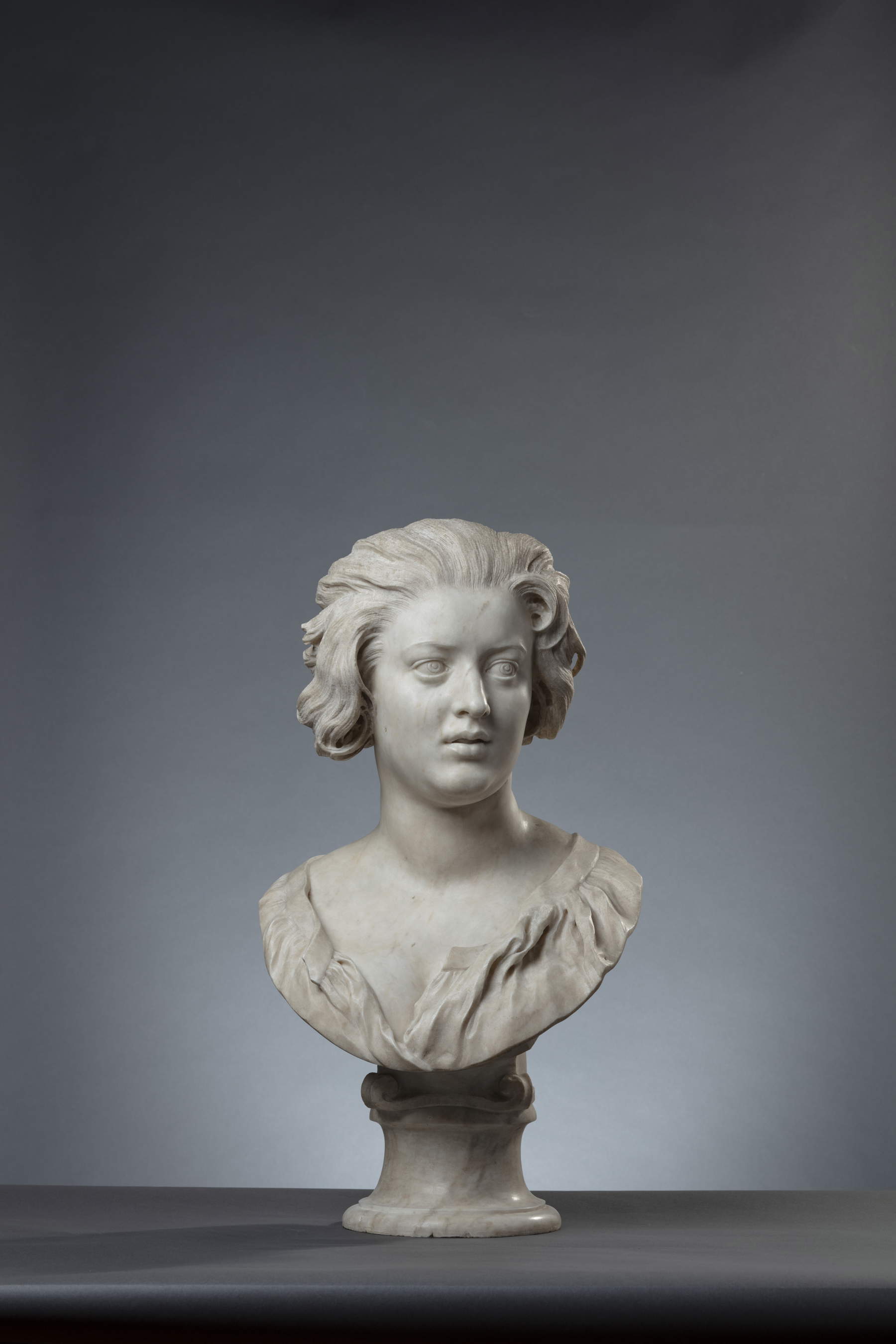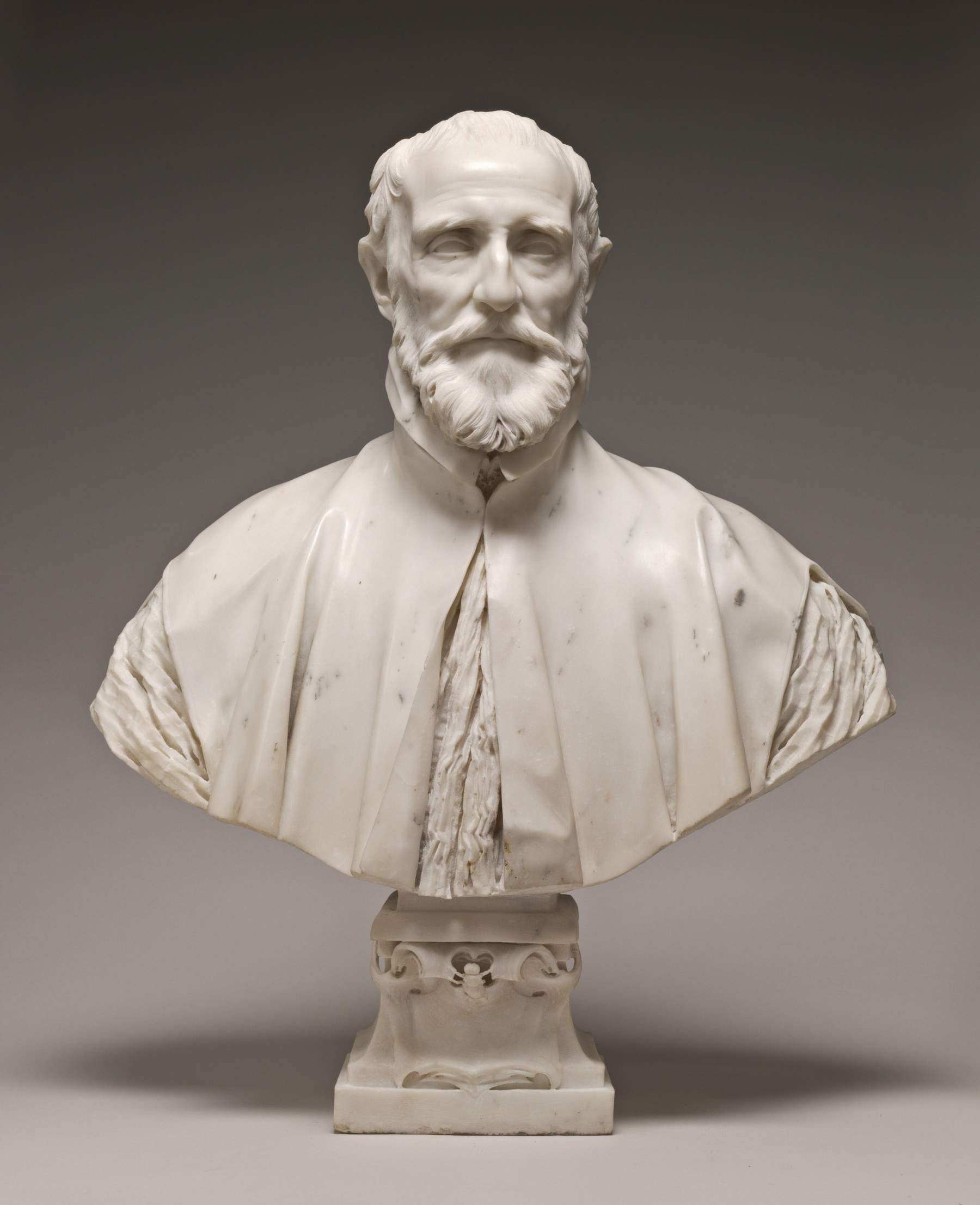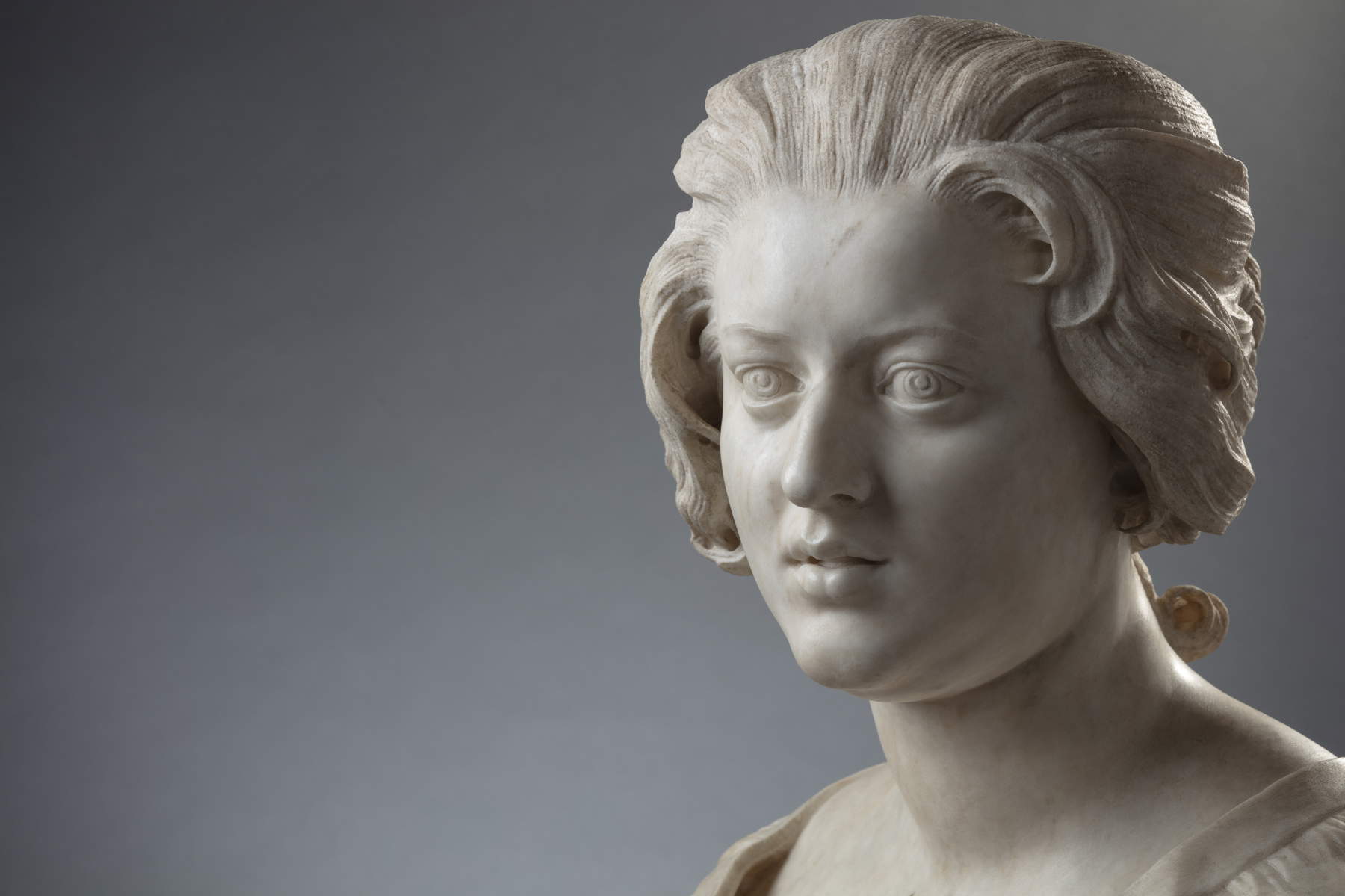From February 12 to June 14, 2026, the National Galleries of Ancient Art at Palazzo Barberini will host the major exhibition Bernini and the Barberini family, curated by Andrea Bacchi and Maurizia Cicconi. The exhibition will explore the privileged relationship between Gian Lorenzo Bernini and Maffeo Barberini, his first and most decisive patron, who became pope in 1623 with the name Urban VIII. Produced with the support of Main Partner Intesa Sanpaolo and under the patronage of the Fabbrica di San Pietro in the Vatican, the exhibition aims to offer an opportunity to reread the origins of the Baroque through the special human and intellectual dialogue between Bernini and Urban VIII, fundamental figures in the development of seventeenth-century art. The initiative is part of the celebrations for the 400th anniversary of the consecration of the new St. Peter’s Basilica (1626), the pinnacle of the Roman Baroque and of Bernini’s own production.
A central element of the exhibition is the analysis of Maffeo Barberini ’s role as the authentic discoverer of Gian Lorenzo Bernini’s talent, an aspect already emphasized by scholars such as Cesare D’Onofrio, Francis Haskell and Irving Lavin. Barberini’s support was instrumental in the maturation of Bernini’s sculptural language and in the monumental feats realized in St. Peter’s during the pontificate of Urban VIII. In the lively debate on the origins of the Baroque, between those who place them around the 1600s with Carracci and Caravaggio, and those who see the full establishment of the style in the 1730s with Bernini, Pietro da Cortona and Borromini, the exhibition places the emphasis precisely on the link between Bernini and Cardinal Barberini, who later became pontiff, considering it an essential interpretive key to understanding that turning point.
The exhibition is part of Palazzo Barberini’s recent exhibitions dedicated to the Barberini family and their artistic influence. Thanks to contributions from leading national and international scholars and loans from museums and private collections, many of which have never been presented in Italy, the exhibition aims to restore all the complexity of this crucial juncture in art history.

Organized in six sections, the exhibition follows the artist’s evolution from his beginnings to his full maturity, showing the transition from the late Mannerism of his father Pietro Bernini to the definition of a personal style characterized by extraordinary expressive force. Outstanding works such as the Saint Sebastian from the Thyssen-Bornemisza Museum in Madrid and the Putto with dragon from the Getty Museum mark the birth of Baroque sculpture; exceptional loans such as The Four Seasons from the Aldobrandini collection allow for an in-depth look at the comparison between Pietro and Gian Lorenzo Bernini.
The exhibition will also bring together, for the first time at Palazzo Barberini, the gallery of marble portraits of the Barberini ancestors, masterpieces sculpted by Bernini, Giuliano Finelli and Francesco Mochi, now dispersed in public and private collections. Special attention will be devoted to the figure and memory of Urban VIII, with marble and bronze busts flanked by one of the very rare paintings attributed with certainty to Gian Lorenzo Bernini.
Finally, an entire section will be devoted to Bernini the painter, an activity that Maffeo Barberini strongly encouraged: alongside canvases never before shown to the public, it will be possible to admire Bernini’s only important painting intended for a public place, presented together with its pendant by Andrea Sacchi, both on loan from the National Gallery in London.

Drawings, engravings and models will also illustrate the artist’s role in the major construction sites at St. Peter’s, from the Baldacchino to the remodeling of the cross vault, to the funeral monument of Urban VIII, considered the very symbol of his pontificate and of the Bernini age. The exhibition concludes with a broad overview of the Barberinian taste promoted by the Apes Urbanae, according to Leone Allacci’s extraordinary definition of their circle, through the work of Bernini and the dialogue with other protagonists of the periodperiod, such as Guido Reni, as well as with the presence of rare busts, including those of Thomas Baker from the Victoria and Albert Museum and Costanza Bonarelli from the Museo Nazionale del Bargello, and with works by Alessandro Algardi and François Duquesnoy.
The Bernini and the Barberini exhibition will be accompanied by a catalog published by Allemandi, with contributions from the curators and distinguished specialists, as well as analytical files on all the works. The volume aims to offer the public an up-to-date view of a fundamental phase in the birth of the Baroque. The works on display come from public and private museums and institutions, including the Albertina in Vienna, the J. Paul Getty Museum in Los Angeles, the Louvre, the Museo Nazionale del Bargello, the Thyssen-Bornemisza Museum, the Vatican Museums, the National Gallery in London, the National Gallery in Washington, the Morgan Library in New York, and the Victoria and Albert Museum.

 |
| Rome, in 2026 at Palazzo Barberini a major exhibition on the relationship between Bernini and Maffeo Barberini |
Warning: the translation into English of the original Italian article was created using automatic tools. We undertake to review all articles, but we do not guarantee the total absence of inaccuracies in the translation due to the program. You can find the original by clicking on the ITA button. If you find any mistake,please contact us.